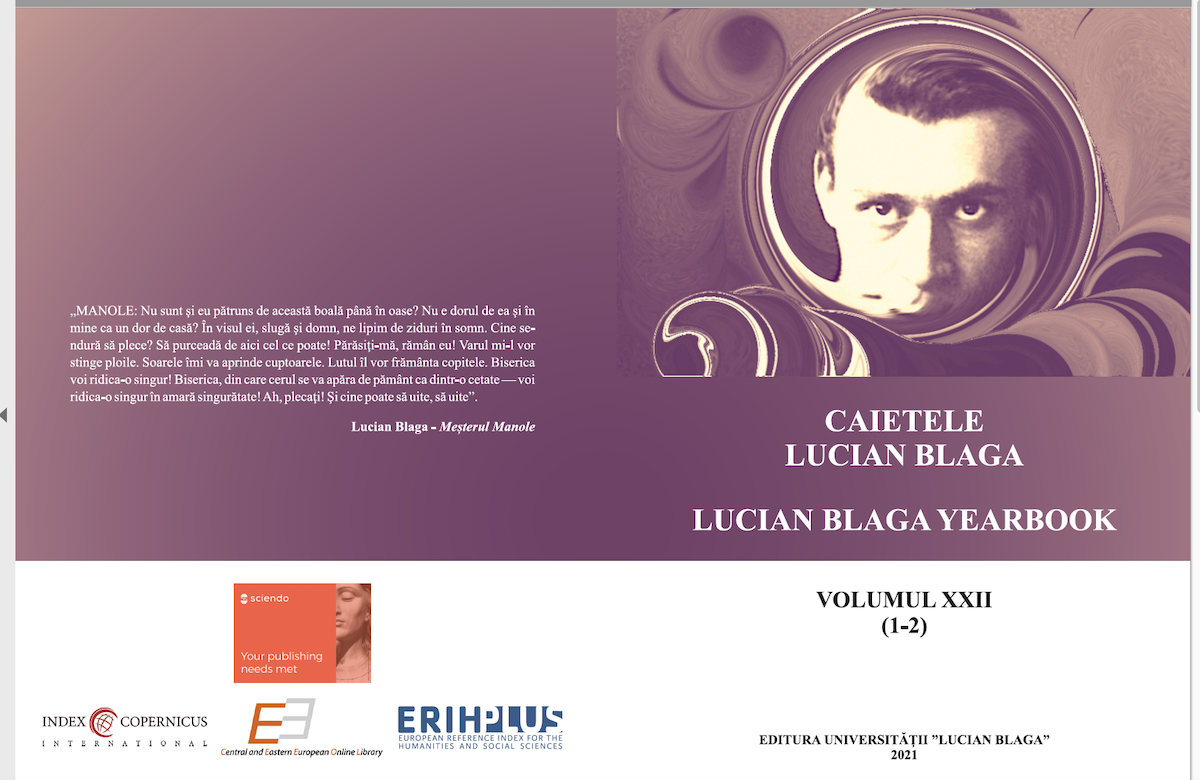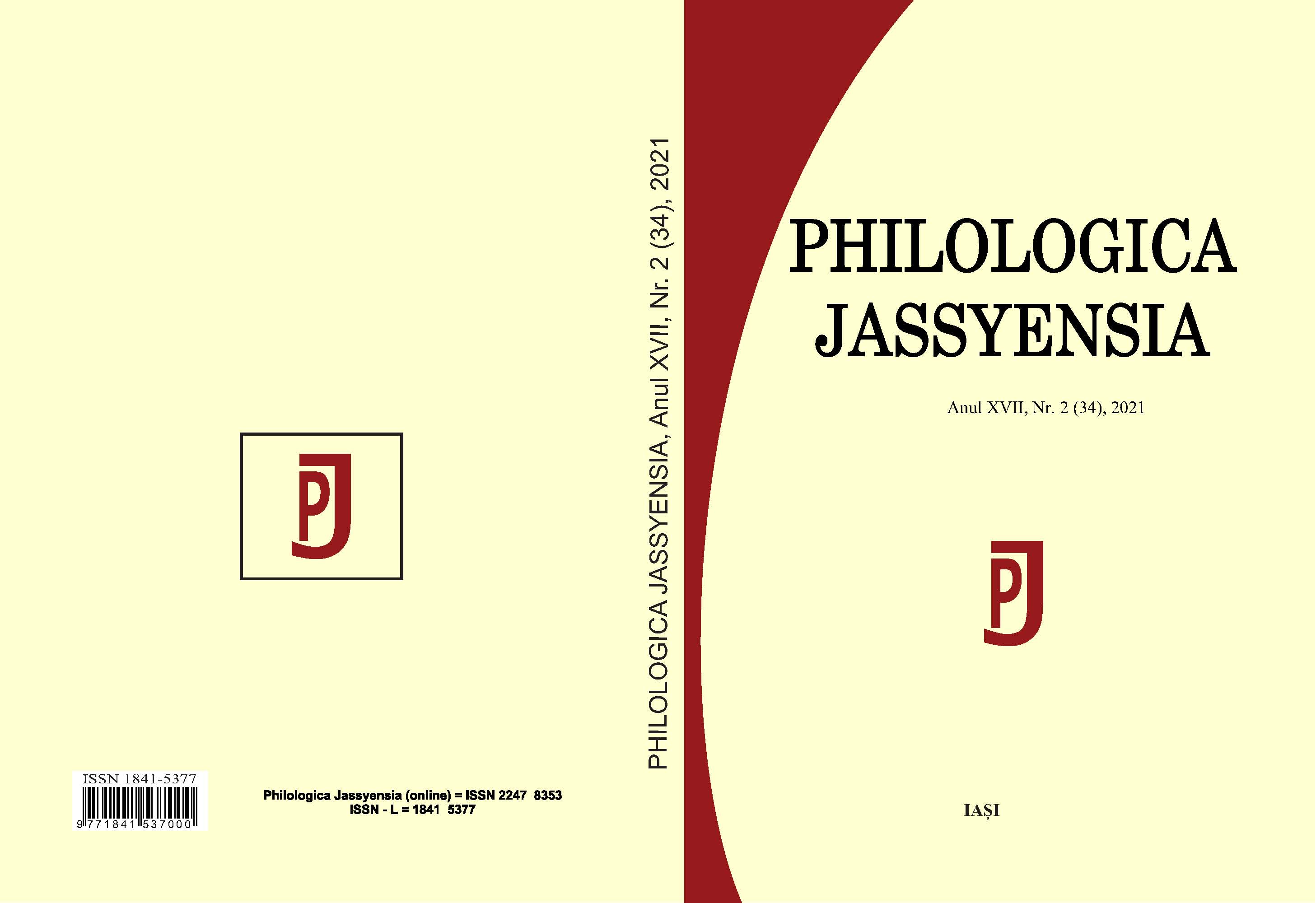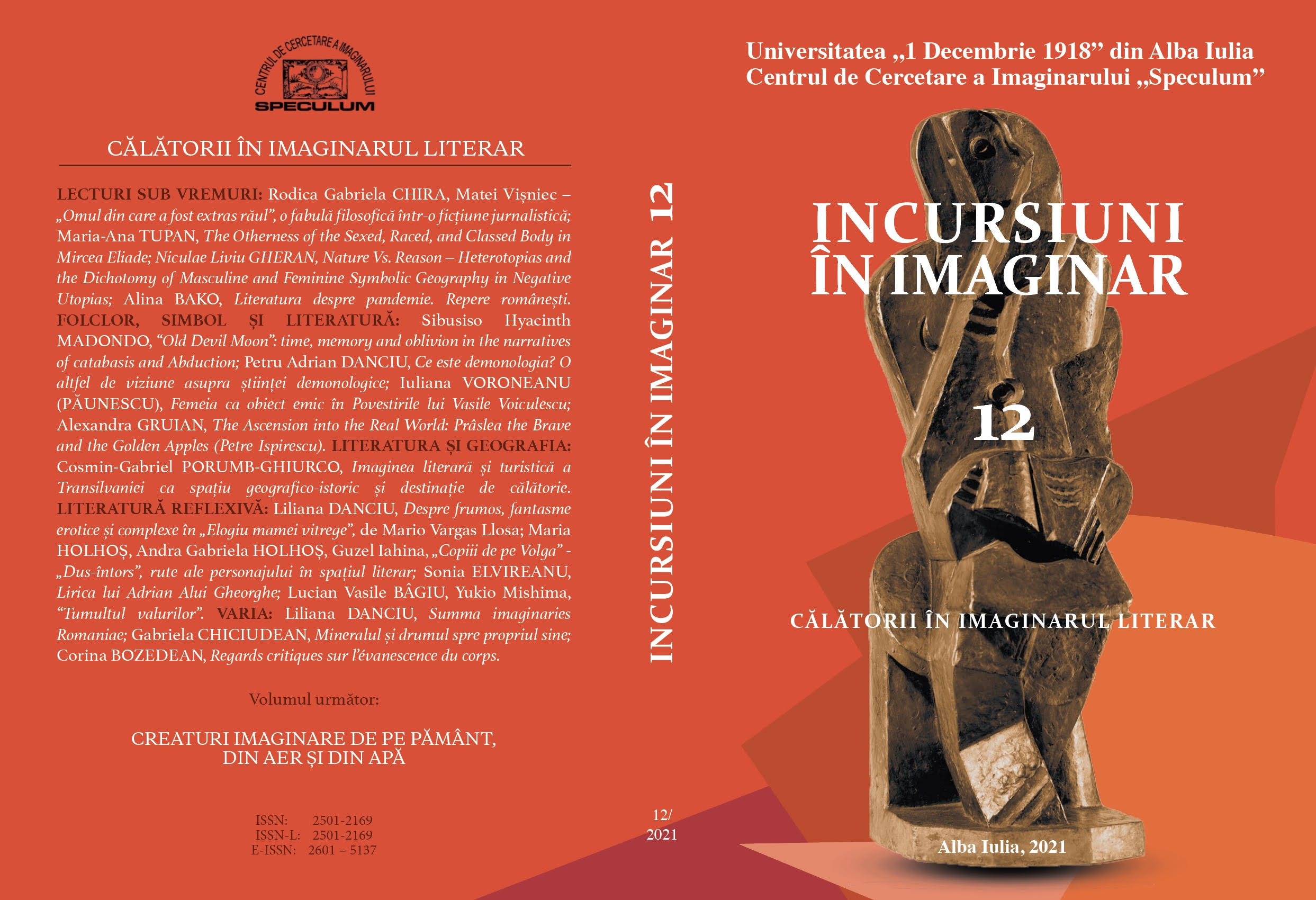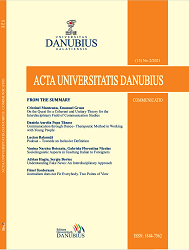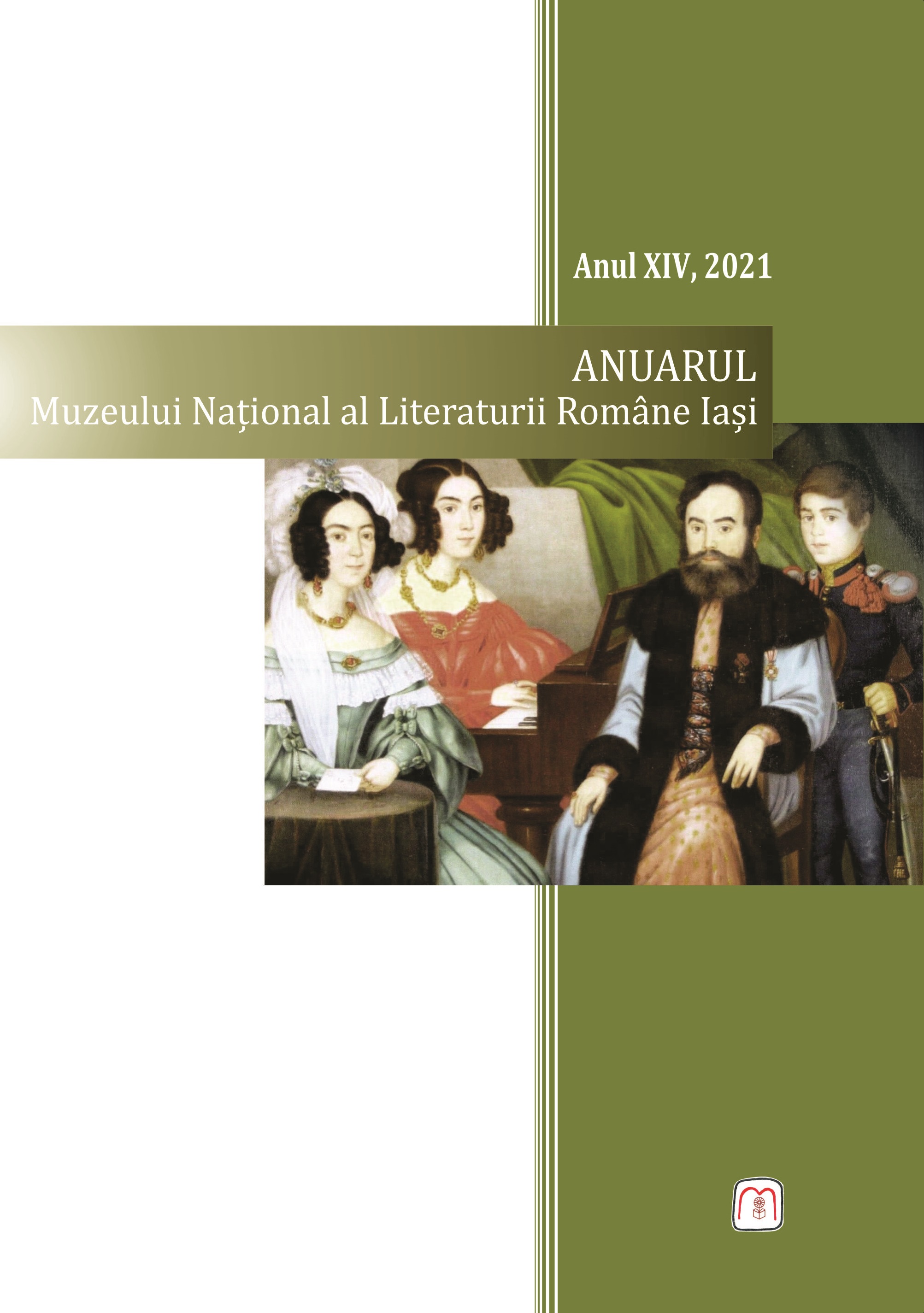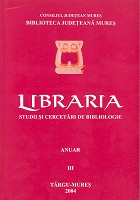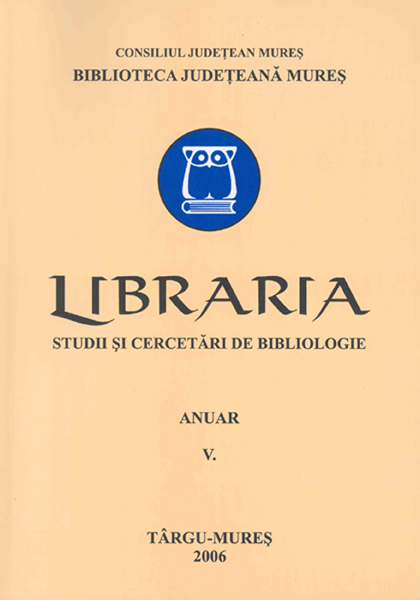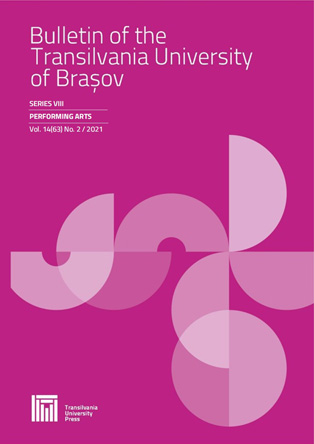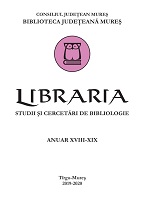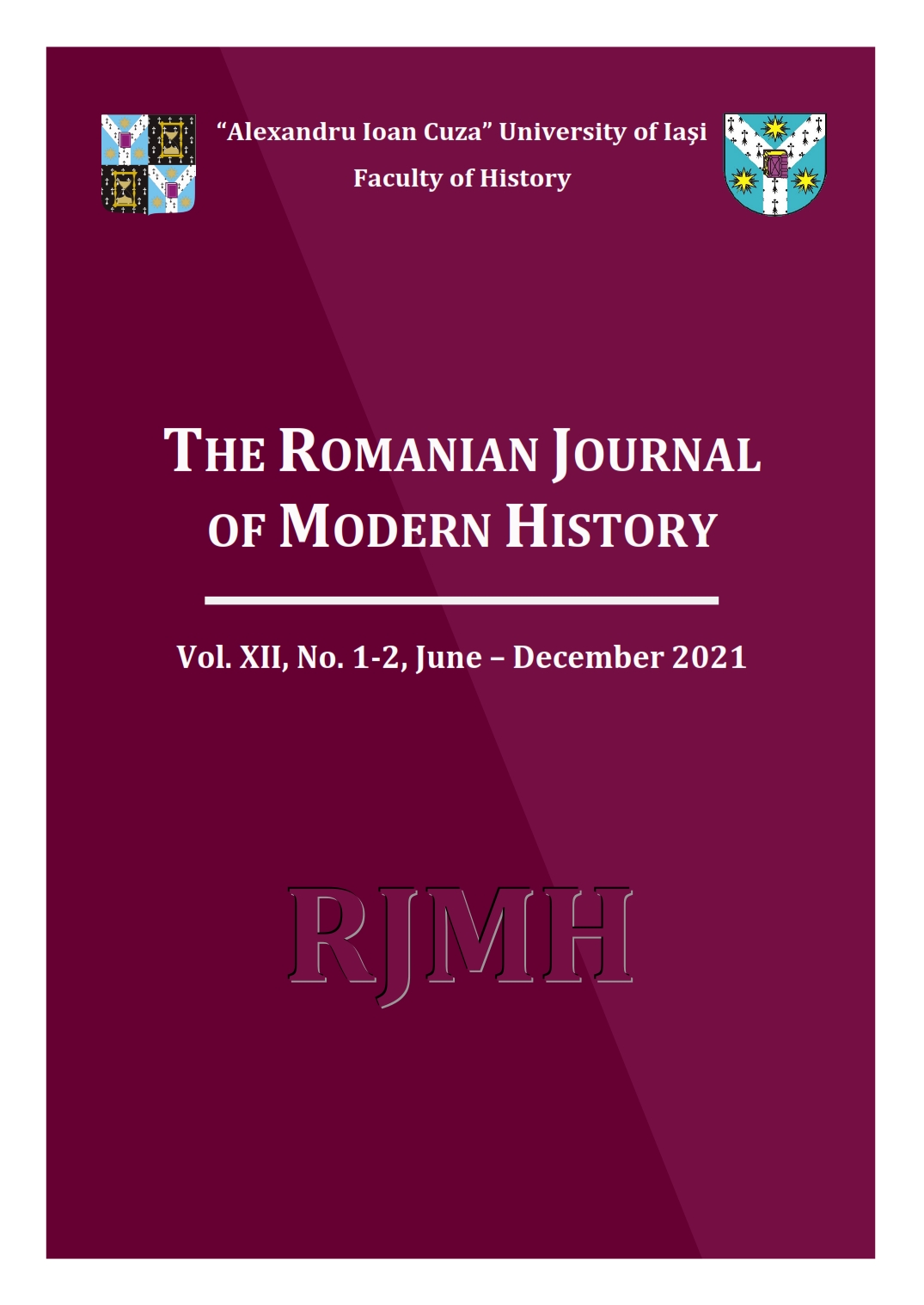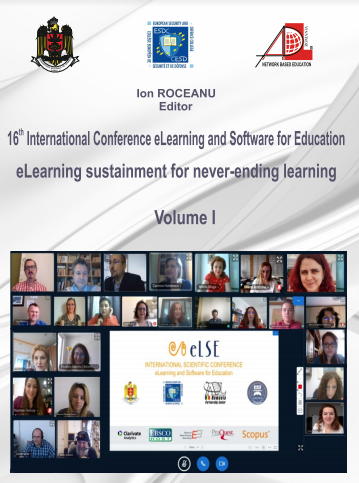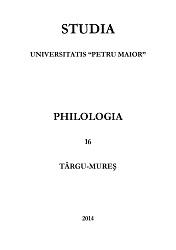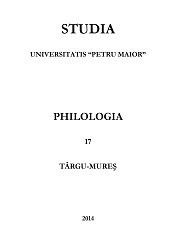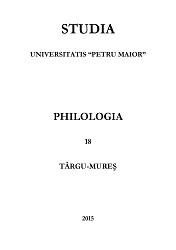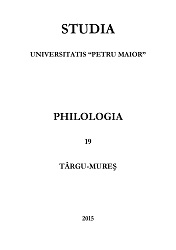Author(s): Ela Cosma / Language(s): Romanian
Issue: 18-19/2020
On 4 May 2020, Anton Cosma (1940-1991) would have turned 80. For his anniversary, the literary critic’s editor (and daughter) presents vol. IV of Critical Essays, already sent for publication to Argonaut Publishing/Cluj-Napoca, as well as her own intention to edit, in future, the complete works of Anton Cosma. Here are the already published volumes (I-IV), as well as the following to be edited (V-X), all of them in the series hosted by the Argonaut Publishing House: Anton Cosma, I - Theatre (2010), II - Prose (2012), III - Epic and Lyric Miniatures. Minor Genres and Parodies (2016), IV - Critical Essays (Portrait of the Young Literary Critic -1963-1978, Portrait of the Ripe Literary Critic - 1981-1991) (2020), V - Literary Criticism in Volumes and Variants, VI - Biography, Autobiography, VII - Polemics and Critical References about Anton Cosma, VIII - Articles Published in Reviews, IX - Anton Cosma’s „Life Novels” (republishing The Romanian Novel and the Problematics of the Contemporary Man, 1977, Ioan Slavici. Life Novels, 1979, The Genesis of the Romanian Novel, 1985), X - The Romanian Contemporary Novel, 1945-1985 (republishing vol. I Realism, 1988, and vol. II Metarealism, 1998). An unknown article of 1977, written by Anton Cosma about Literary Criticism and Its Instruments, is rendered in the end of this presentation.
More...
